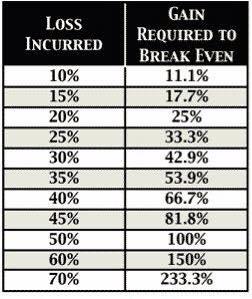
I just read Alletzhauser’s House of Nomura (1990, out of print) after an old Japan hand recommended it to me. Highly recommend for anyone who wants to understand the history of Japanese business/markets from the Meiji through Showa eras from the perspective of an outsider turned insider. My summary/review/editorializing of the pre-WW2 era (skip to Four Big Bets section for the more market relevant tidbits).
Since the book released in 1990, the author portrays Nomura as omnipotent and triumphant (it was Japan’s most profitable corporation in 1987) in a reverential tone that would seem absurd today. Of course with the benefit of hindsight, we know that Nomura was both partly lucky and partly a beneficiary of circumstances not just in the 1980’s bubble but also at its very founding.
Perhaps more interesting is the glimpse into the business world of Meiji, Taisho, and Showa before WWII. What’s clear is that Japan had Prussian institutions but an Anglo approach to corporate governance. State capitalism produced large conglomerated oligarchies (zaibatsus) that were run for the interest of shareholders. Behavior typically thought of today as “Anglo-styled capitalism”: hostile takeovers, confrontation, shareholder preeminence, creative destruction, cutthroat competition, mobility etc. was a feature of Japanese corporate life. A few elite families dominated pre-WW2 and financial disparities wholly reflected this reality. (more…)



 Traders will typically approach a large loss in one of two ways. First is the dumb way, and that is to become a petulant whiner and throw a fit. Next is the more-constructive way, and that is to use the loss as a means of developing as a trader and to “quote” — learn from your mistakes. But there is a third way. And that is to view the loss as the cost of information.
Traders will typically approach a large loss in one of two ways. First is the dumb way, and that is to become a petulant whiner and throw a fit. Next is the more-constructive way, and that is to use the loss as a means of developing as a trader and to “quote” — learn from your mistakes. But there is a third way. And that is to view the loss as the cost of information.